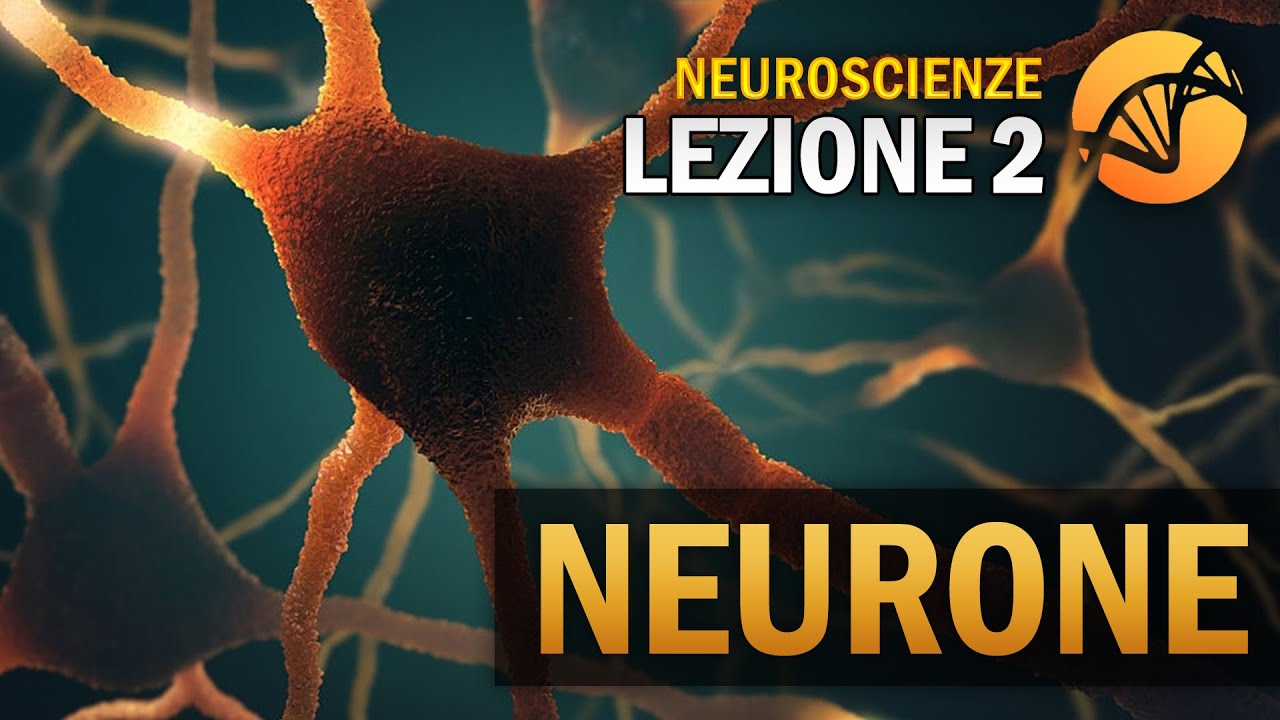Sodium-potassium pump | Cells | MCAT | Khan Academy
Summary
TLDRThis video delves into the intricacies of neuron function, particularly focusing on how neurons transmit signals. It explains the role of the sodium-potassium pump in maintaining the resting membrane potential, highlighting the movement of sodium and potassium ions across the neuron's membrane. By using ATP to pump out three sodium ions and bring in two potassium ions, the neuron establishes a voltage difference, typically around -70 millivolts. The video also sets the stage for future discussions on what occurs during neuron stimulation, including the opening of ion channels and changes in membrane potential, providing a foundation for understanding neuronal communication.
Takeaways
- 😀 Neurons transmit signals through electrical impulses, initiated by stimulation at the dendrites.
- 😀 The action potential is generated when the cumulative stimulation reaches a certain threshold.
- 😀 Neurons have a voltage potential difference across their membranes, with the outside typically more positive than the inside.
- 😀 Sodium (Na⁺) and potassium (K⁺) ions are essential for establishing and maintaining the neuron's membrane potential.
- 😀 The sodium-potassium pump actively transports three sodium ions out of the neuron for every two potassium ions it brings in.
- 😀 This pumping action creates a net positive charge outside the neuron, contributing to the resting membrane potential.
- 😀 ATP is used by the sodium-potassium pump to change its shape and facilitate ion transport.
- 😀 The resting membrane potential of a neuron is approximately -70 millivolts, indicating that the inside is less positive compared to the outside.
- 😀 Ion channels also play a role in stabilizing the resting potential by allowing a small amount of sodium and potassium to leak across the membrane.
- 😀 Future discussions will explore how voltage potential changes when the neuron is stimulated and the function of ion channels in that process.
Q & A
What is the primary role of a neuron?
-The primary role of a neuron is to transmit information throughout the nervous system by generating and conducting electrical signals, known as action potentials.
What happens at the dendrites of a neuron?
-At the dendrites, a neuron receives stimuli from other neurons or sensory cells, which can lead to the generation of an action potential if the cumulative stimulation reaches a certain threshold.
How does an action potential travel along the axon?
-An action potential travels along the axon by triggering a series of changes in voltage across the neuron's membrane, allowing the signal to propagate toward the axon terminals.
What is the voltage potential difference across a neuron's membrane?
-The voltage potential difference across a neuron's membrane is typically around -70 millivolts, indicating that the inside of the neuron is more negative relative to the outside.
What ions are primarily involved in maintaining the resting potential of a neuron?
-Sodium (Na⁺) and potassium (K⁺) ions are primarily involved in maintaining the resting potential of a neuron.
Describe the function of sodium-potassium pumps.
-Sodium-potassium pumps actively transport three sodium ions out of the cell and two potassium ions into the cell, using energy from ATP to maintain the electrical gradient across the membrane.
Why is ATP important for neuronal signaling?
-ATP is important for neuronal signaling because it provides the energy needed for the sodium-potassium pumps to function, which helps maintain the voltage potential necessary for generating action potentials.
What is the significance of the net charge created by sodium-potassium pumps?
-The net charge created by sodium-potassium pumps results in a more positive charge outside the neuron compared to the inside, contributing to the overall negative resting potential.
How do ion channels affect the neuron's voltage potential?
-Ion channels, which can open or close, allow specific ions to flow across the membrane. Their activity helps stabilize the voltage potential around -70 millivolts by permitting some ions to leak in or out.
What will be covered in the next video related to neuronal signaling?
-The next video will discuss what happens to the voltage potential when the neuron is stimulated, including the opening of ion channels and the resulting changes in ion concentrations.
Outlines

This section is available to paid users only. Please upgrade to access this part.
Upgrade NowMindmap

This section is available to paid users only. Please upgrade to access this part.
Upgrade NowKeywords

This section is available to paid users only. Please upgrade to access this part.
Upgrade NowHighlights

This section is available to paid users only. Please upgrade to access this part.
Upgrade NowTranscripts

This section is available to paid users only. Please upgrade to access this part.
Upgrade Now5.0 / 5 (0 votes)





